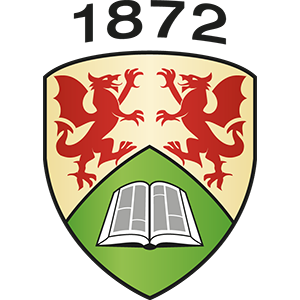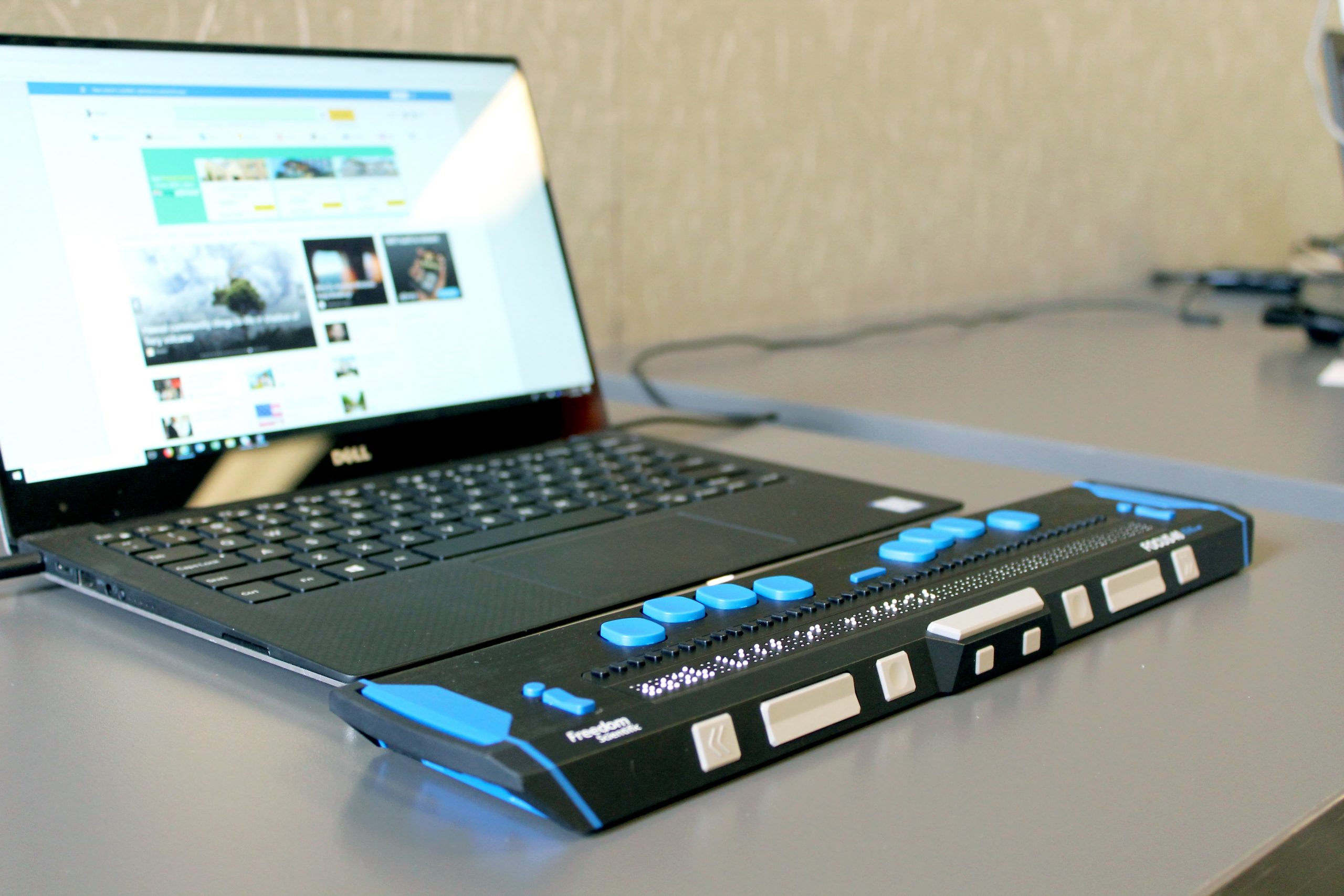Today (19th May) is Global Accessibility Awareness Day (GAAD). The purpose of GAAD is to get everyone talking, thinking and learning about digital access and inclusion, and the more than One Billion people with disabilities/impairments. When we make our digital content more accessible, we remove barriers and ensure that all our users can get the most out of that content.
Why not take part in GAAD by checking and improving some of the content that you are responsible for?
CMS users could use our Web Content Accessibility Checklist to audit their content and then take a look at the Fixing Common Accessibility Issues document to help them to improve their pages.
If you create documents for teaching or for sharing on the AU website, how about you work through the Digital Accessibility Checklist to see if there are ways you could improve the accessibility of your documents?
All CMS users should have already completed digital accessibility training, but if it’s been a while, why not have another look at the online training and remind yourself of how you can ensure your pages are accessible.
And if you provide CMS users with content to put on the website, you can make sure that you’re helping them to make the content as accessible as possible. We have a specific online training for that: Digital Accessibility for Managers.
Remember, making our content accessible is not about ticking a legal box, it’s about making sure that everyone can find, read and understand our content, and not excluding anyone.
If you have any concerns about digital accessibility or any questions, please contact us on digital-accessibility@aber.ac.uk.

